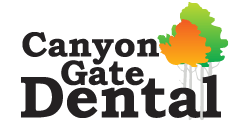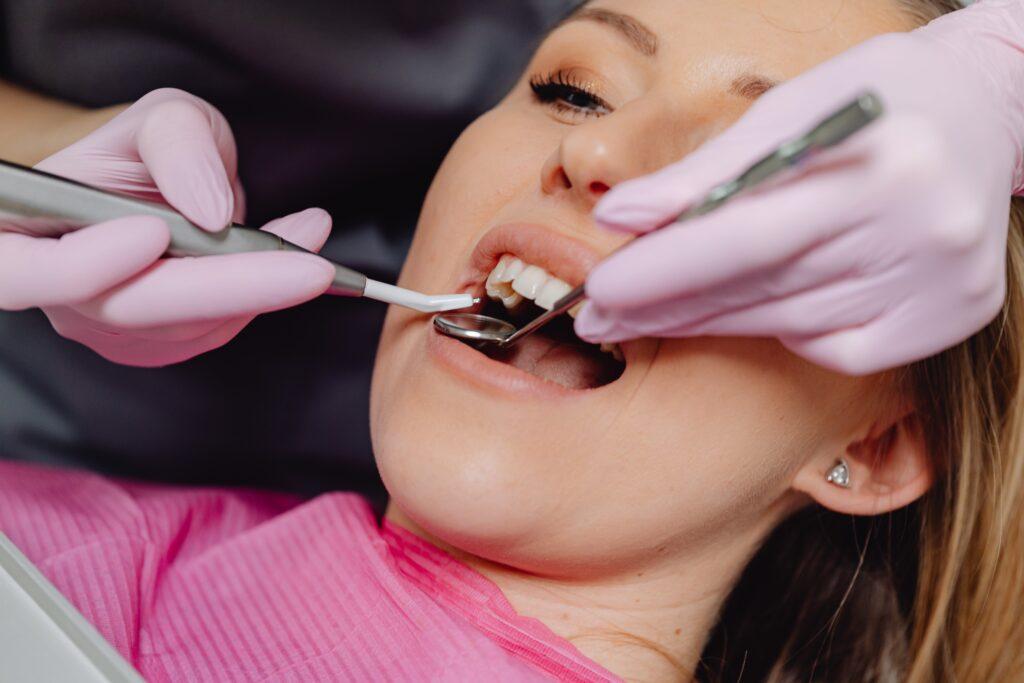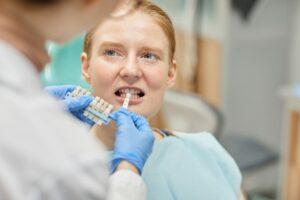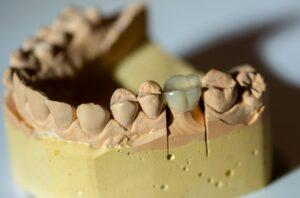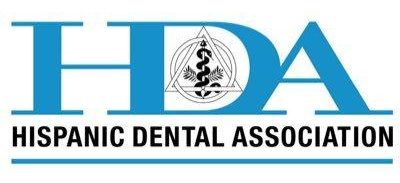Maintaining optimal oral health goes beyond daily brushing and flossing; regular dental cleanings play a pivotal role in preserving your smile’s radiance and well-being. If you’ve ever wondered what dental cleaning entails or if you’re due for your next appointment, this guide will demystify the process, highlighting its importance and what to expect during your visit.
Why Dental Cleaning Matters
- Prevention is Key: Dental cleanings, also known as prophylaxis, are essential for preventing common dental issues, including cavities and gum disease. They act as a proactive measure to address plaque and tartar buildup, reducing the risk of more significant problems down the road.
- Brighter Smile: Professional cleanings contribute to a brighter, whiter smile by eliminating surface stains and polishing your teeth. This aesthetic boost can enhance your confidence and overall well-being.
Frequency of Dental Cleanings
The American Dental Association (ADA) recommends visiting your dentist for a professional cleaning at least twice a year. However, individuals with specific oral health concerns or conditions may require more frequent cleanings as advised by their dentist.
Step-by-Step Breakdown of the Dental Cleaning Process
- Physical Examination: Before the cleaning begins, your dental hygienist or dentist will conduct a thorough examination of your mouth. This may involve checking for signs of cavities, gum disease, or other oral health issues.
- Plaque and Tartar Removal: Using specialized tools, the hygienist will carefully remove plaque and tartar from the surfaces of your teeth. While plaque is a sticky film of bacteria, tartar (or calculus) is hardened plaque that cannot be removed through regular brushing.
- Professional Scaling: The process of scaling involves scraping off the accumulated plaque and tartar from the tooth surfaces, especially along the gumline and between teeth. This helps prevent gum inflammation and reduces the risk of periodontal disease.
- Polishing: Once your teeth are free of plaque and tartar, the hygienist will polish them using a high-powered electric brush and a gritty toothpaste. This step removes surface stains and leaves your teeth with a smooth, polished feel.
- Flossing: Your dental professional will floss between your teeth to ensure that all surfaces are clean and free of debris. This step targets areas that may be challenging to reach with a regular toothbrush.
- Fluoride Treatment: In some cases, a fluoride treatment may be applied after the cleaning. This helps strengthen your tooth enamel, making it more resistant to decay.
Benefits Beyond Clean Teeth
- Early Detection of Issues: Regular dental cleanings provide an opportunity for early detection of potential oral health issues. Your dentist can identify signs of cavities, gum disease, or other concerns before they escalate.
- Fresh Breath: Removing plaque and tartar helps eliminate the bacteria responsible for bad breath, contributing to a fresher and more pleasant breath.
- Customized Oral Health Guidance: Your dental professional can offer personalized advice on improving your oral hygiene routine, including recommendations for brushing and flossing techniques and the use of additional oral care products.
Common Misconceptions
- Pain: Dental cleanings are generally painless. While you may experience slight discomfort during the scaling process, the hygienist will ensure your comfort throughout the procedure.
- Necessity for Pain: Some individuals avoid dental cleanings due to fear or anxiety. However, advancements in dental care, including sedation options, make the process more comfortable for those with dental phobias.
Tips for Maintaining Oral Health Between Cleanings
- Consistent Oral Hygiene: Brush your teeth at least twice a day and floss daily to prevent plaque buildup.
- Healthy Diet: Limit sugary and acidic foods, as they contribute to tooth decay. Opt for a balanced diet rich in fruits, vegetables, and dairy products.
- Stay Hydrated: Drinking water helps rinse away food particles and bacteria, promoting a cleaner mouth.
- Regular Dental Checkups: In addition to cleanings, schedule regular dental checkups to address any emerging issues promptly.
Finding the Right Dental Professional
Choose a dental professional who understands your oral health needs and makes you feel comfortable during visits. Establishing a rapport with your dentist and hygienist fosters a positive dental experience.
Conclusion:
Dental cleaning is a fundamental component of preventive oral care, promoting not only a sparkling smile but also long-term oral health. By understanding the process and its benefits, you can approach your next cleaning with confidence, knowing that you’re taking a proactive step towards a healthier and brighter smile. Schedule your next dental cleaning today, and let the journey to optimal oral health begin!
